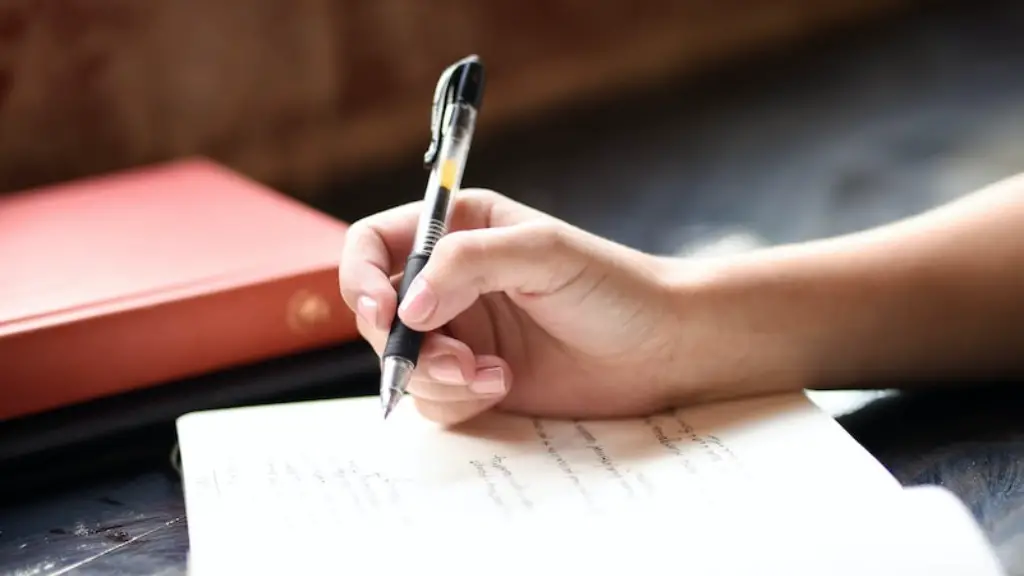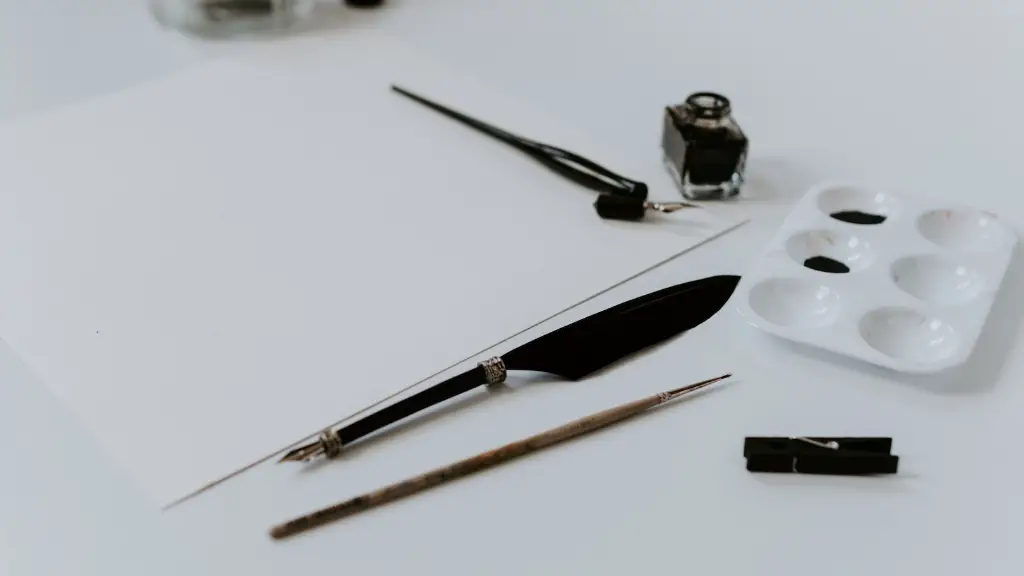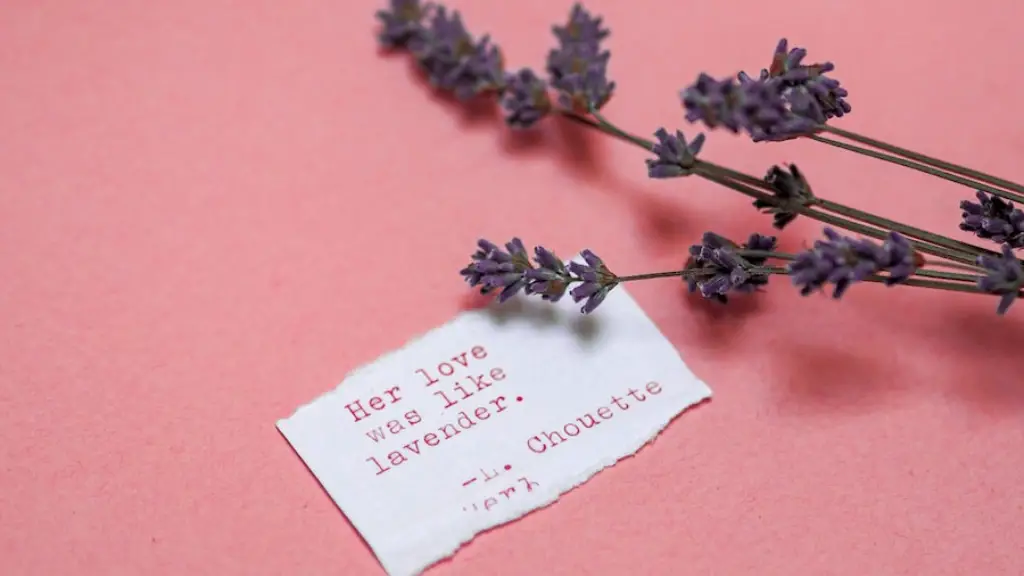Couplet poetry is a type of poetry involving two repeating lines with the same meter and rhyme scheme. It is a classic form of poetry that has been popular and significant since the 16th century. In couplet form, these two lines are known as a ‘closed couplet’ and generally act as a single unit with a specific idea or theme.
Couplet poetry has been a feature of many English writers like Edmund Spenser, William Shakespeare and Lord Byron amongst many others. In these writers’ works, the couplet is used to create sharp shifts in themes, moods and energies in their poems. These shifts range from subtle to dynamic, allowing the readers to experience the characters and the story in a more vivid and insightful way.
The beauty of couplet poetry is that it often allows the reader to contemplate and draw further meaning from the poem. One example is Shakespeare’s popular couplet from the play, A Midsummer Night’s Dream: “The course of true love never did run smooth.” This line has been interpreted in all different ways by different people, including romantic love, platonic love, career paths, families and many more. Furthermore, the line is often repeated in different contexts to exemplify a deeper insight or teach a moral lesson.
Moreover, using couplets can be extremely effective in narrative poems, such as ballads and epics, to propel the story forward. They provide the narrative with a sense of completeness and closure at the end of each couplet, preparing the reader for the next part of the poem. This tool is also often used in sonnets and other forms of lyrical poetry.
When it comes to creating couplet poetry, there are few rules. The only necessary specifications are that each couplet consists of two lines that have the same meter and rhyme scheme, but there are several optional techniques that have been mastered and extensively employed by some of the most renowned Poets from the past. One such technique is the use of internal rhymes and alliteration, which both help to enhance the poem’s inventive and whimsical nature.
On the other hand, the most well-known drawback of the couplet form is that it can be somewhat limiting. Use of the couplet might compromise the creativity and expansiveness of a poem, since the structure becomes repetitive very quickly. Therefore, creative poets must always look for ways to mix up the rhythm and enliven the poem without compromising its structured couplet form.
Criticism
Although couplet poetry is often celebrated for its creativity, it has become a source of criticism in recent years. Since the structure of couplet poems can become predictable and too formulaic, its conventions at times can seem mechanical and overly-structured. Consequently, many modern poets prefer to reject the style in favor of looser forms of structures with more stylistic freedom.
Lesser-known Forms
Apart from the well-known facets of couplet poetry, there are several lesser-known forms that have been popularised in recent times. These include the heroic couplet, which is a common form of satire in several works, and the Spenserian stanza, which is characterised by its unusual rhyming pattern.
Innovation
The nature of poetry is ever-changing and poets have developed new means and styles to keep up with the changing times. This has been the case for couplet poetry as well, and several 21st century poets have gone to great lengths to innovate and modernize the style to keep up with current dynamics. This has enabled the form to stay relevant and to be embraced by a much younger audience, thus ensuring its longevity in the field of poetry.
Conclusion
Couplet poetry is timeless and has been used throughout the centuries by countless renowned poets. At its best, couplet poetry is powerful, ingenious, and able to capture the depths of ideas and emotions that normally would be hard to express. Although it is a overused form, couplet poems have been proven to stand the test of time as modern poets have found innovative ways to revitalize the style for future generations.


